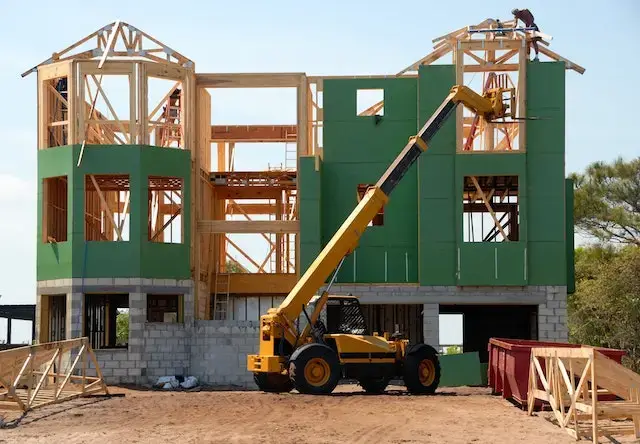When it comes to construction and building sites, safety should always be a top priority. Accidents and injuries can not only cause harm to workers but also lead to costly delays and legal issues. That’s why it’s crucial to establish a culture of safety on your construction site. In this article, we will discuss 10 essential tips for creating a safer building site.
1. Proper Training and Certification
Ensure that all workers on your construction site are properly trained and certified for their specific tasks. Regularly update their training to keep them informed about the latest safety standards and practices.
2. Safety Equipment and Gear
Provide workers with the necessary safety equipment and gear, such as helmets, gloves, high-visibility vests, and steel-toed boots. Regularly inspect and replace damaged equipment to ensure effectiveness.
For quality industrial supplies that can contribute to the safety of your construction site, visit https://www.jrsindustrial.co.uk/. They offer a wide range of safety equipment and expertise to help you enhance your emergency response plans and overall safety measures on-site.
3. Fall Protection Systems
Implement fall protection systems, especially for tasks conducted at heights. Use guardrails, safety nets, and personal fall arrest systems to prevent accidents. For expert guidance on designing and implementing these systems, consult JBW Consulting Engineers or a specialized team in creating customized safety solutions tailored to the unique needs of your construction site.
4. Hazard Identification
Regularly assess the site for potential hazards, including unstable ground, electrical hazards, and heavy machinery risks. Address any identified hazards promptly to reduce the risk of accidents.
5. Emergency Response Plans
One of the most critical aspects of maintaining a safe building site is having a well-defined Emergency Response Plan in place. In the unpredictable world of construction, accidents and unexpected situations can occur at any time. This plan should include clear and easily accessible first aid kits, strategically placed fire extinguishers, and, most importantly, a comprehensive evacuation procedure.
Regular drills should be conducted to ensure that all personnel are familiar with the evacuation routes and emergency procedures. Additionally, consider designating specific individuals as emergency response coordinators, responsible for directing personnel to safety in the event of an emergency.
6. Proper Signage
Clearly mark hazardous areas, restricted zones, and safety instructions with appropriate signage. This helps workers and visitors easily identify potential risks.
7. Regular Equipment Maintenance
Maintain all construction equipment and machinery regularly to prevent malfunctions that could lead to accidents. Keep maintenance logs and schedules up to date.
8. Safety Training Programs
Invest in ongoing safety training programs for your workforce. Encourage workers to report unsafe conditions or behaviors without fear of reprisal. For comprehensive safety training, consider programs such as cpr hamilton.
9. Secure Storage
Properly store and secure materials, tools, and equipment when not in use. Loose items can pose tripping hazards and increase the risk of accidents.
10. Collaborate with Experts
Consider consulting with safety experts or hiring a safety manager to oversee and improve safety measures on your building site. Their expertise can help identify and address potential risks.
Ensuring safety on construction sites involves not only preventing accidents but also being prepared for the unexpected. In some unfortunate cases, specialized services such as homicide cleanup in Columbia, MD may be required to handle tragic incidents with professionalism and care. These services ensure that sites are restored safely and thoroughly
Conclusion
Safety should always be a non-negotiable aspect of any construction project. By implementing these 10 tips and regularly reviewing and updating your safety protocols, you can ensure a safer building site for everyone involved. Remember, just as you meet new build warranty to standards to avoiding having to pay out for issues you should also nvest in safety not only protects lives but also safeguards your project’s success.
